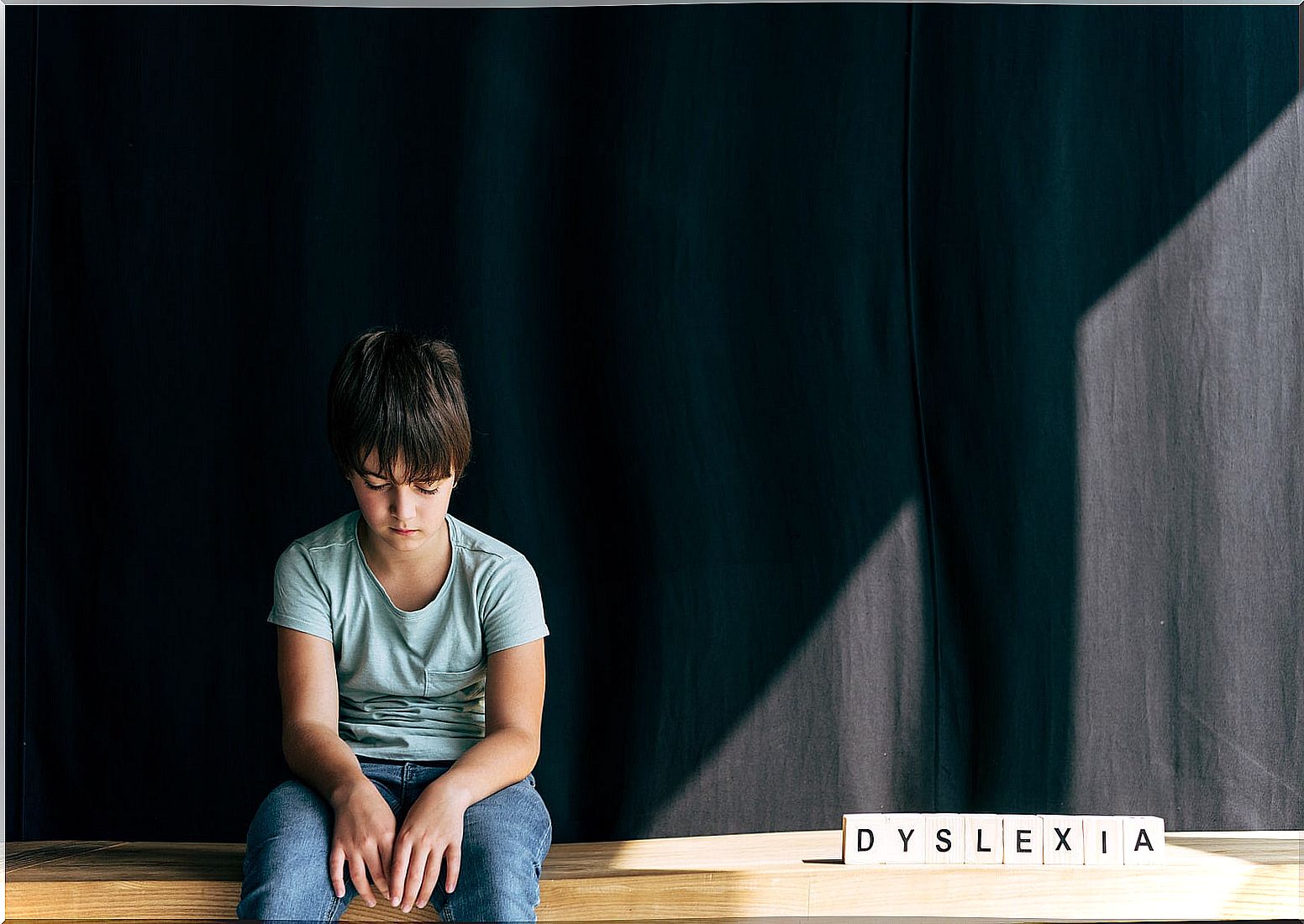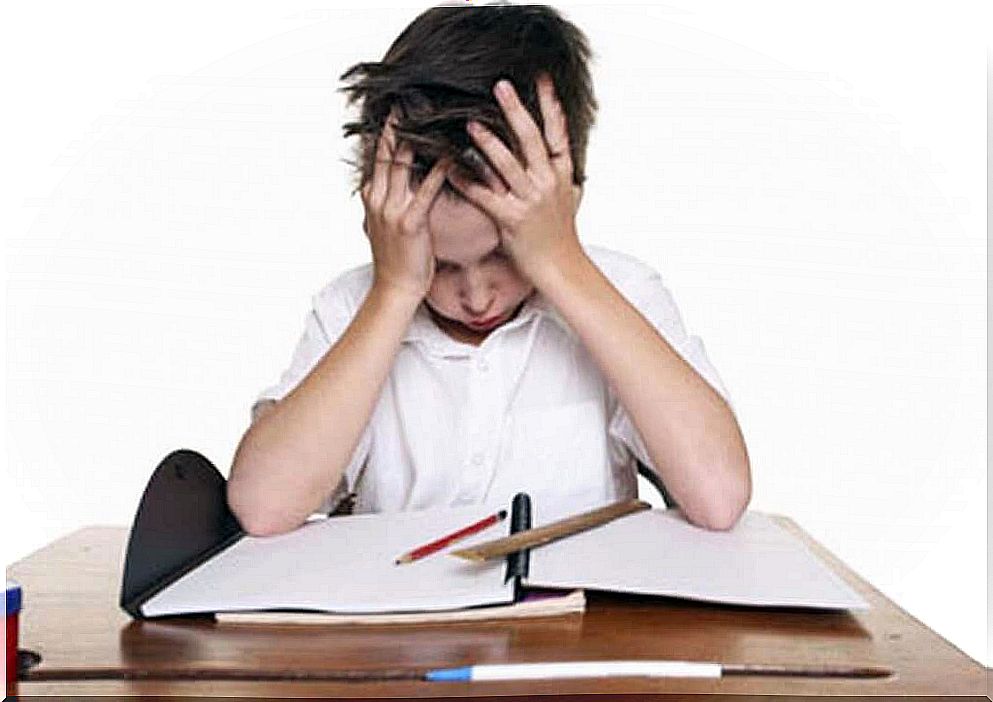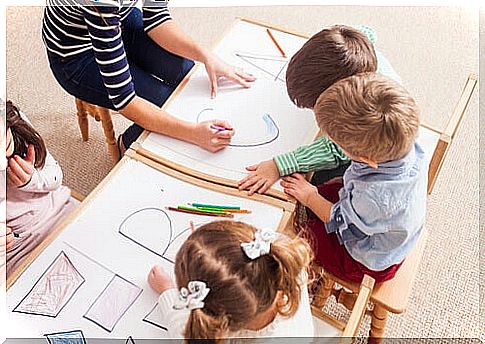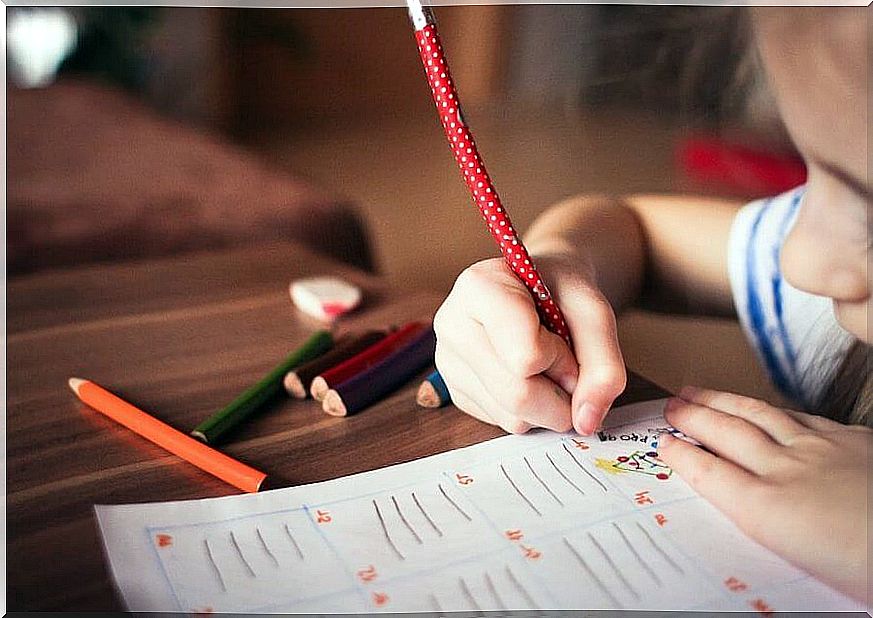How To Deal With Dyslexia In The Classroom In An Inclusive Way?

It is no secret that the educational system, in most schools, remains eminently visual. Reading and writing are the main means by which children are taught and evaluated. For this reason, young children with dyslexia may find it difficult to keep up with their peers. Fortunately, measures to address dyslexia in the classroom in an inclusive way are becoming more widespread.
Until not many years ago, these children did not find the necessary support at school. Their needs were neglected and they ended up lagging behind the group, and many times they were forced to repeat the grade.
Additionally, the impact on their self-esteem was significant. Misunderstanding by the environment could lead to stigma and lead the child to grow up feeling unintelligent, worthless and inadequate. Currently, various measures are put in place that facilitate the child’s adaptation in the classroom and allow him to advance with the rest of the students.

What is dyslexia?
Dyslexia is a specific learning disability that affects reading ability. Symptoms usually begin to be detected as early as childhood, but an accurate diagnosis cannot be made until the child is eight or nine years old.
Dyslexia causes reading difficulties; These little ones tend to read slowly, make mistakes, and lack fluency. In addition, it is very common for their writing to be affected and they make frequent spelling mistakes. For example, they tend to reverse the order of some letters, making it difficult for them to distinguish between p, d, and b. This reversal also occurs with some numbers.
Obviously, all of this creates problems in various areas. For example, these children find it more difficult to understand and memorize information in a text. Likewise, their written expression is complicated and problems in mathematics may appear due to the inability to identify the numbers correctly.
However, it is important to emphasize that they do not have any cognitive deficits and are as intelligent as their peers. They do not show any type of difficulty in reasoning, comprehension or oral expression and numerical calculation.
Understanding and support
Understanding of what dyslexia involves has grown over the years. Now teachers are trained and alert to identify possible early symptoms.
In addition, the schools carry out standardization work that helps children understand dyslexia for what it is: a specific difficulty. This preserves the self-esteem of the child who suffers from it and encourages collaboration between peers.
That is, if the child was previously excluded from the group for not being able to keep up, now they are provided with the necessary supports for their academic development. The methodology is made more flexible in order to adapt to the needs of the child.

How to work with dyslexia in the classroom in an inclusive way?
- You are given more time and more opportunities to read and write, so this does not put extra pressure.
- Visual aids can be used that allow you to better understand the texts. In addition, larger letters can be used to underline the most important concepts or ideas.
- Teams in which one child can write while the other speaks and knowledge is shared are very beneficial.
- Students are graded based on their knowledge of the subject and not based on their reading fluency or spelling errors. To do this, different modes of assessment can be used, such as oral presentations or other types of interactive work, instead of the typical written exam.
- The best measure will always be to diversify the means of learning, so that not everything is based on reading. For a child with dyslexia it will be wonderful to be able to learn in an auditory or interactive format, so new technologies can be of great help. Audiobooks and devices that transform from text to speech and vice versa can become great allies.
Work dyslexia
There is no cure for dyslexia, but with the right support, these children can lead completely normal lives. The intervention of a professional, such as a child psychologist or a speech therapist, is necessary. However, working on dyslexia in the classroom on a day-to-day basis can make a significant difference.










